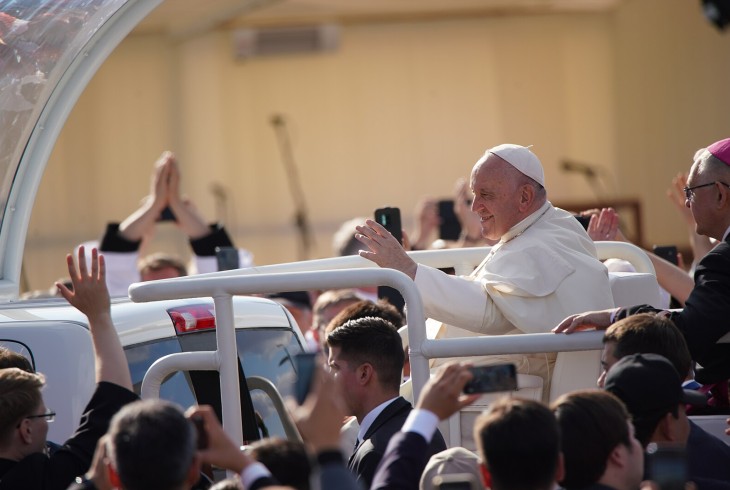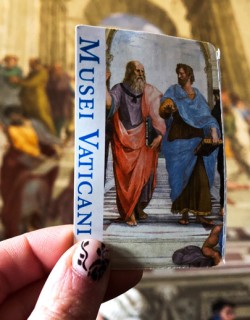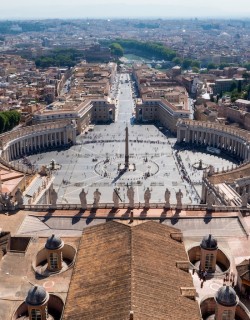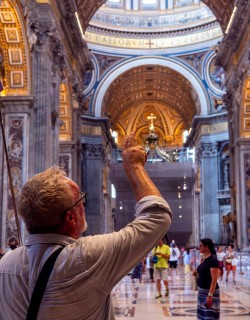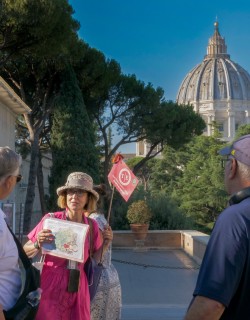Over two thousand years, the Church has had 266 officially recognized popes. Many of us have a vision of the Papacy as a role held by old white Italian men. Indeed, the majority have been Italian (217), but some facts and figures about the Popes might surprise you! Who was the youngest Pope ever elected? And who was the oldest? Has there ever been an African Pope? Can a Pope quit or say no? And, was there ever really a female Pope? Read on for all the answers to your burning questions and more Papal trivia!
How many Popes Have There Been? Has There Ever Been More Than One?
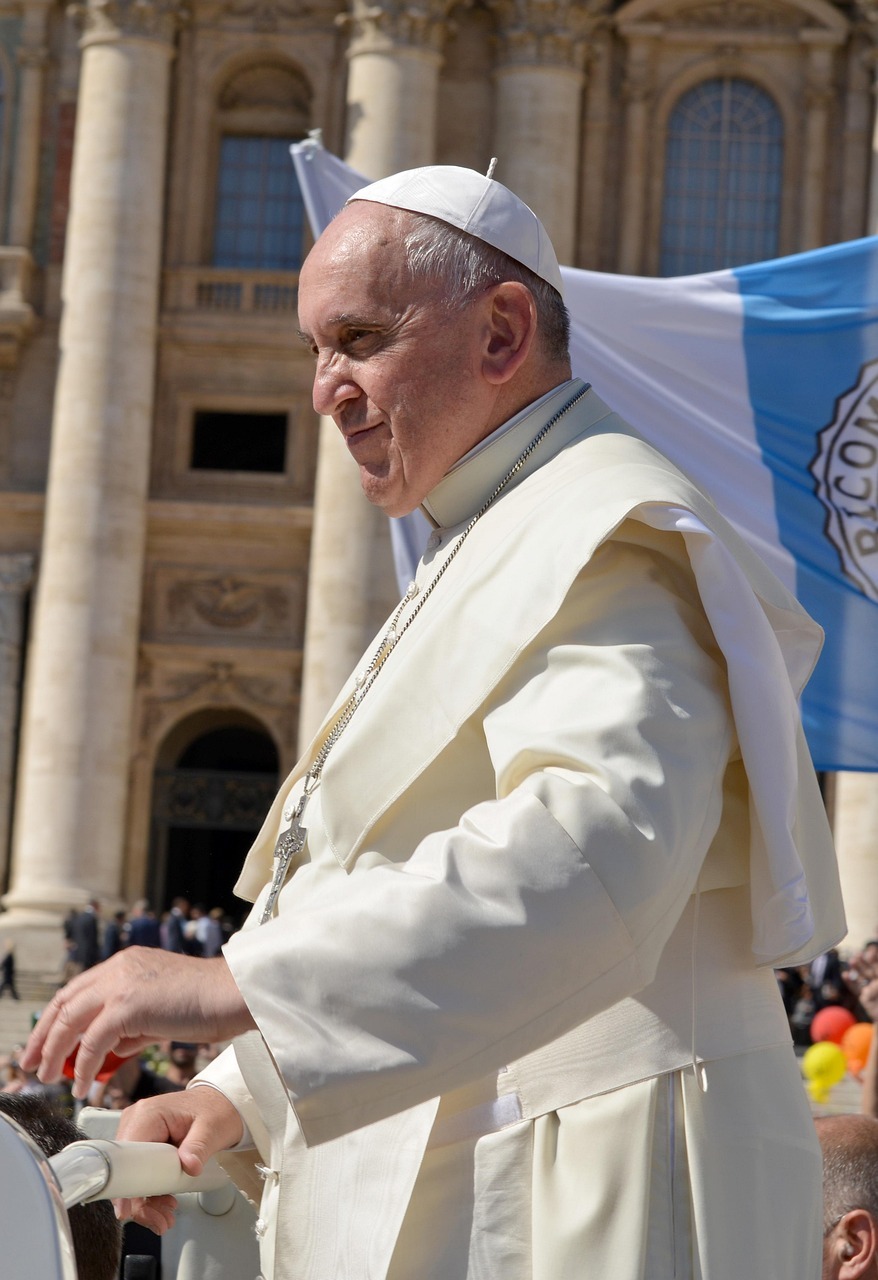
Pope Francis was the 266th Pope of the Catholic Church. However, with a history spanning over 2,000 years, this figure comes with some caveats.
There have been 30-40 antipopes throughout history that are not officially recognized by the Church. These happened mostly during the Middle Ages and were elected by various warring factions within the Church or even by secular rulers. The last antipope was Felix V in 1449.
Who can be Pope?
Technically, the only requirement for being a pope is that you must be a baptized Catholic, male, and unmarried. That said, cardinals have not chosen from outside their ranks in more than 600 years, since 1378, when they elected Pope Urban VI. This is a closed boys club and is about who you know.
Traditionally, a new pope must also be a priest and bishop. But through history there have been hiccups. Pope Leo X (Medici) was made a cardinal in 1489 when he was just thirteen, but he wasn't ordained a priest until after his election in 1513! Similarly, in 1831, Pope Gregory XVI was a cardinal but not a bishop. He was made bishop four days after his election.
Has There Ever Been a Female Pope?
Probably not. But it's too good a story not to get repeated again and again. An old Medieval legend says that in the 9th century, a woman called Joan reigned as Pope. Apparently, she disguised herself as a man, rising through the hierarchy of the Church until she was elected to the Papacy. The story goes that she concealed her identity for two years until, during a papal procession, she went into labor and gave birth in the middle of the street!
In Rome...
There's an unofficial shrine to her between the Colosseum and St. John Lateran, where the dramatic birth is said to have happened. Some especially gruesome accounts say that she was stoned to death when her identity was revealed.
In Reality?
But is it true? It's a great story. But it's unlikely. Most scholars today dismiss the idea, but the myth persists. Did you know that there's a porphyry chair in the Vatican Museums known as the "sedes stercoraria"? It is a large marble throne with a hole in the seat. It's purpose? Some suggest it was a chair used during conclave to check the "sex" of the Pope. In reality? This chair comes from ancient Rome. Archaeologists think it was a birthing chair or even an elaborate latrine!
Has A Pope Ever Quit or Resigned?
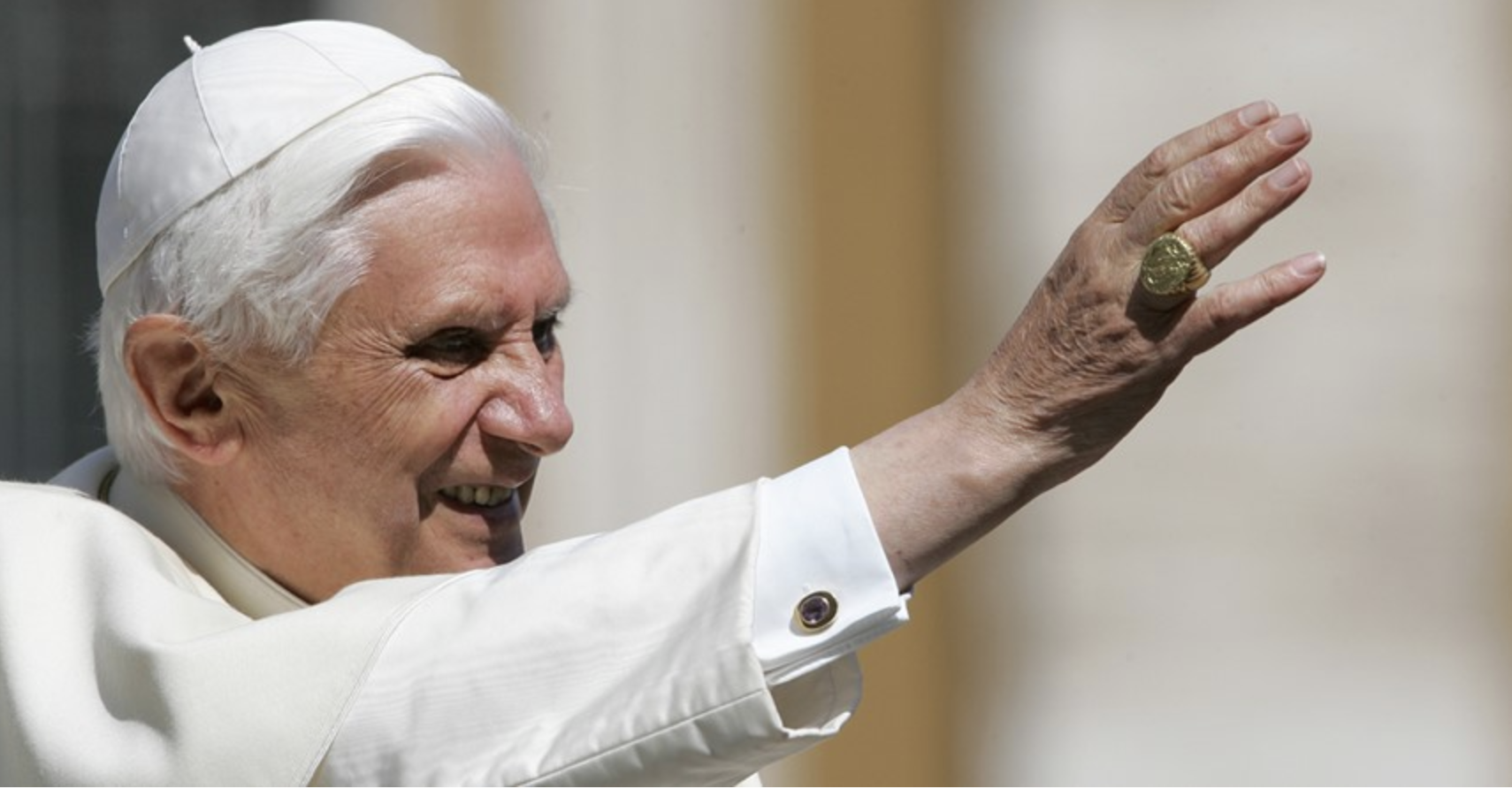
Yes. Most recently, in 2013, when Pope Benedict XVI renounced his position. It's a very rare event. He was the first pope in nearly 600 years to do so. The last Pope who resigned was Gregory XII in 1415 (and that was to end the Western Schism).
Resignation didn't always end in a nice, quiet retirement either. When Pope Celestine V resigned in 1294, his successor, Boniface VIII, was so worried that rivals might install him as an antipope, he had him imprisoned, even though he just wanted to return to life as a hermit!
Is there an Age Limit? Who Were the Oldest and Youngest Popes?
Yes and no. To participate in the conclave and vote for the next pope, cardinals need to be under the age of 80 - which excludes some of the older members of their ranks. This is a pretty recent development. Pope Paul VI set the limit in 1975 for cardinals to be under the age of 80 to partake in conclave. There is no lower age limit. Non-voting cardinals over the age of 80 are still eligible to become pontiff, but in practice it is almost certain that the next pope will be one of the 133 cardinals taking part in the events in the Sistine Chapel over the coming days.
Who Was The Oldest Pope?
The oldest man ever to become Pope was Boniface VI in AD 896. He was 90 years old! Alas, due to his advanced age, he didn't reign long - just 15 days, making his Papacy the second shortest in history. Of course data and records from way back then are famously unreliable.
More recently, Pope Clement X was very nearly 80 when he became Pope in 1670. The oldest Popes at the time of their death include Pope Leo XIII, who made it to the grand old age of 93 when he died in 1903.
Pope Benedict XVI was 95 when he passed away in 2022. However, he wasn't a reigning Pope at the time, having retired in 2013.
The Youngest Pope...and the Worst?
The youngest ever Pope? This is a bit of a tie between Pope John XII and Pope Benedict IX back in the late 10th and early 11th centuries. Both were said to have been around the age of 18 when elected, and perhaps due to their youth, they are widely regarded as among the worst Popes in history. But that is the subject of a whole other article!
Has Anyone Ever Said No?
Yes. But it's rare. One legendary example is St. Philip Benizi. During the infamously deadlocked longest conclave in history, he heard rumors that he was a candidate for the top job. Apparently, he ran away until the Cardinals settled on another candidate.
What's in a Name? Do Popes Always Change Their Name?

Pope Marcellus II - The Last Pope To Not Change His Name
Popes don't have to change their name, but it is common practice. The first pope to change his name was Mercurius, in AD 533, when he chose the name John II. He figured being named after the pagan Roman god Mercury wasn't a good PR look. The last Pope who didn't change his name was 1555. Marcello Cervini chose the name Marcellus II, no doubt making his Italian mother very proud!
Today, changing the name is seen as a very symbolic act. The Pope's chosen name will often honor a predecessor whom they want to emulate, or the name can reflect the qualities they wish to bring to the Papacy. This was very much the case with Pope Francis, whose name was in honor of St. Francis of Assisi, who championed the plight of the poor and had great concern for nature and the environment. He was the first Pope to choose this Papal name.
Has There Ever Been an African Pope?
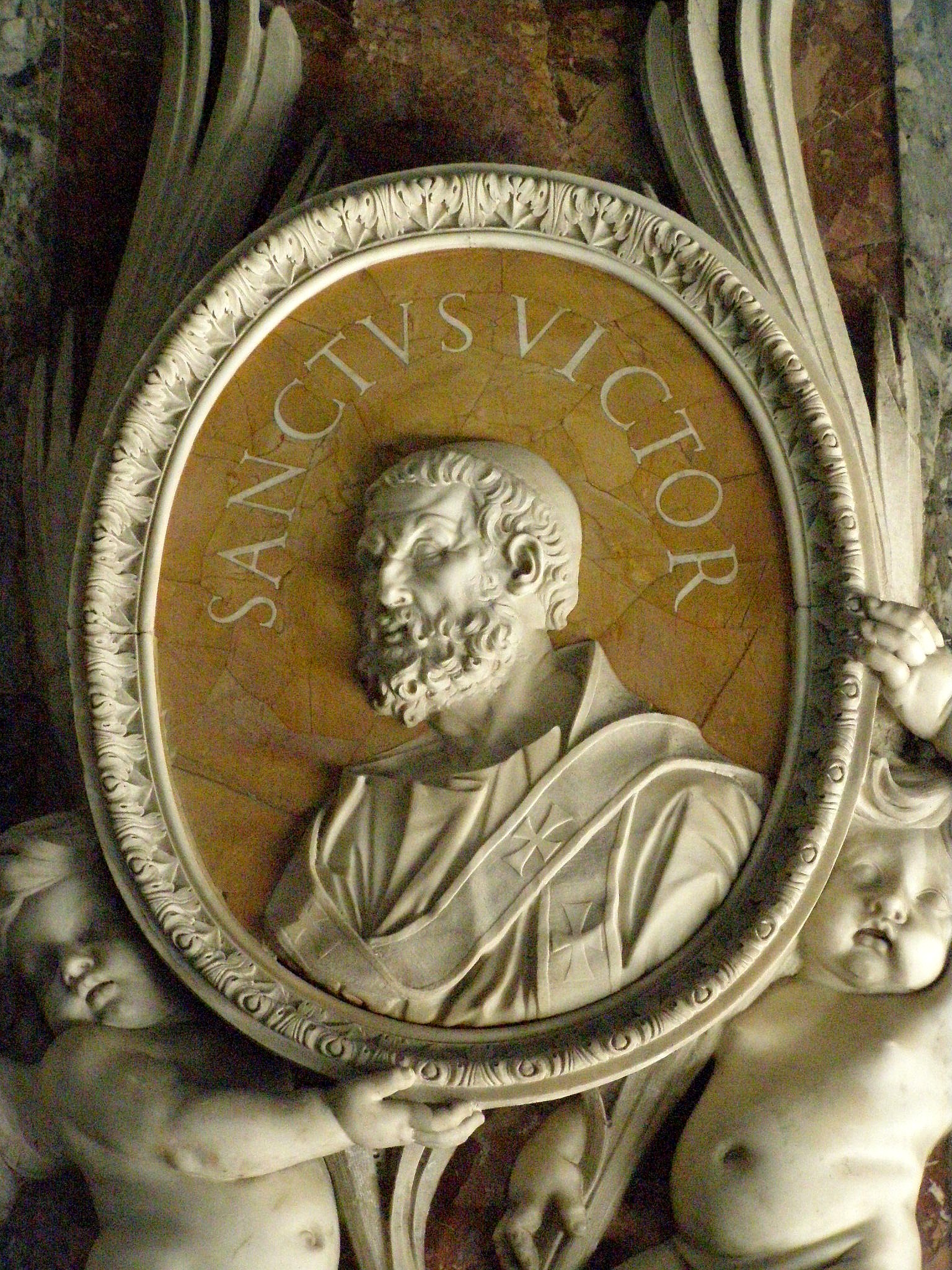
Pope Victor of Berber Origin Depicted in St Peter's Basilica
Yes. Three, in fact. Pope Victor I (AD 189-199); Pope Miltiades (AD 311-314), and Pope Gelasius I (AD 492-496). Remember the Roman Empire, where Christianity was born and developed, stretching over huge swathes of Europe, Asia Minor, and North Africa. Of course, in this early period of Church history, it's very difficult for historians to be certain about many of the facts of these Popes' lives.
Who Were They?
However, it seems that these Popes' reigns were far from inconsequential. Pope Victor I, for example, decreed that Easter should be held on a Sunday.
Pope Miltatiades was the Church leader when Constantine ended the persecution of Christians. He also became the first Pope to have an official address. Constantine gifted him land and allowed him to build the Lateran Basilica, the oldest public Church in Rome, which became the official Papal residence for over a thousand years. He also has the honor of being the last Pope to be buried in the catacombs - the famed catacombs of San Callisto - nicknamed the "little Vatican" for the number of Popes buried there.
Gelasius is no less significant. He was a man renowned for his strong advocacy for charity and justice for the poor. He was also the first Pope to be known as the "Vicar of Christ", and he declared February 14th to be St. Valentine's Day!
And Now?
If an African Pope is elected in this conclave (2025), however, it will be the first time in 1500 years, and indeed, it may be the first time that someone from the Sub-Sahara holds the title.
The Papal Tailor: What About the Threads? And Did they Always Fit?
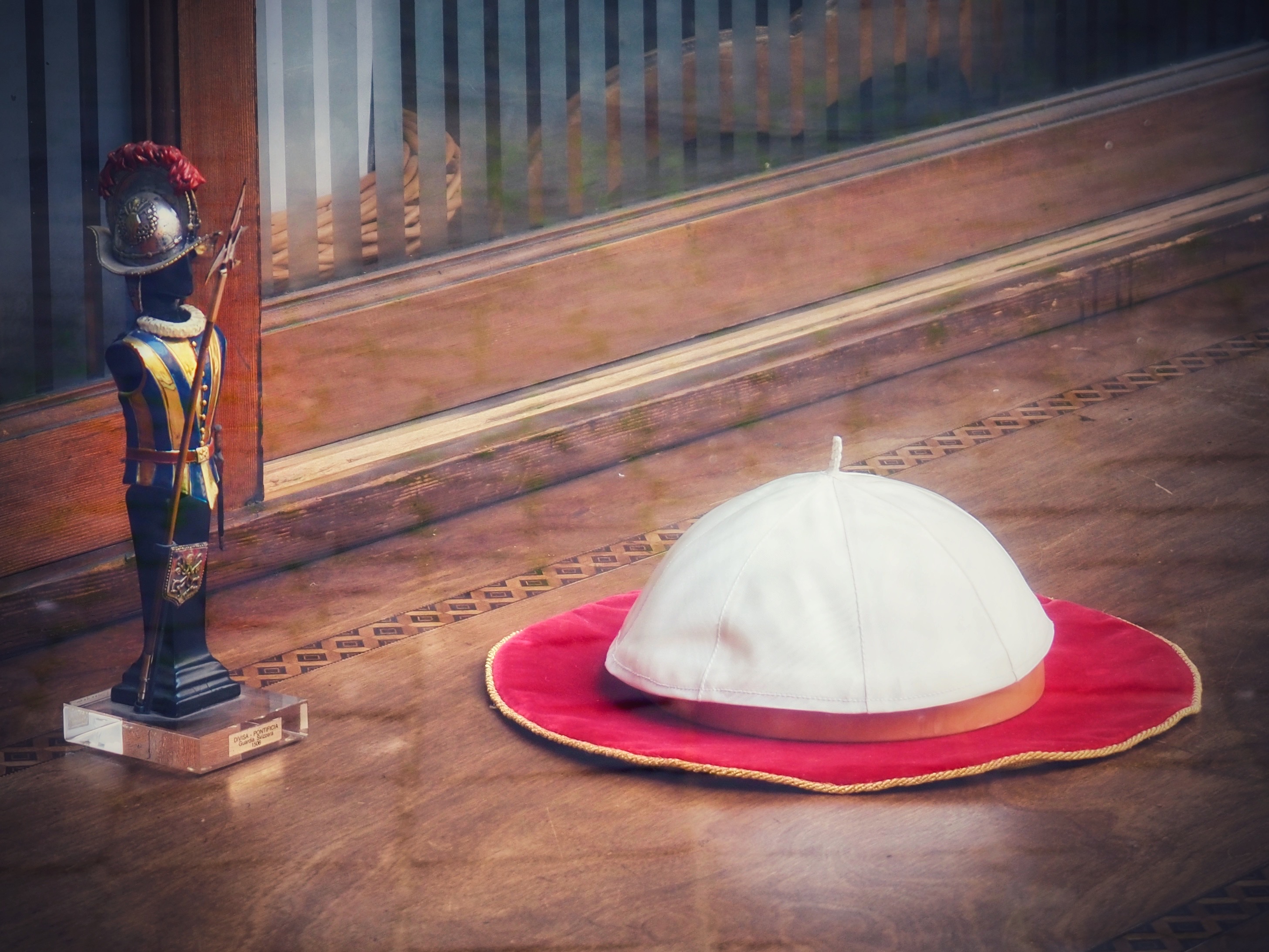
Who's The Tailor?
The Gammarelli family is the official tailor of the Pope. Six generations of the same family have been dressing popes since 1798, when they first made garments for Pope Pius VI. Their shop is located in Rome, just behind the Pantheon, opposite Santa Maria Sopra Minerva.
What Size?
In the run-up to the conclave, they are tasked with creating ready-to-wear papal vestments in sizes small, medium, and large. Before conclave, they are displayed in the shop window. They will be placed in a room off the Sistine Chapel and used by the new pontiff to appear on the balcony of St. Peter's within hours of his election. Despite all the challenges presented by cardinals in different shapes and sizes, Gammarelli always gets it right. Well, almost.
Do They Always Fit?
In 1958, when John XXIII was elected, there was a mix-up in the dressing room. John was a rather rotund man, but in the excitement and hast after the election, aides mistakenly pulled out the box with the size small vestments. Not realizing their mistake, they frantically slit the robe up the back (like an elaborate hospital gown), holding it together with safety pins!
Today?
This time, there will be a break from the recent tradition as Gammarelli will not be providing vestments for the incumbent. Instead, the shop window poignantly displays a papal zucchetto - ordered by Francis but never collected. The question is, though: "Will we see a new Papal tailor?
Gamarelli has indeed been de-throned! This year (2025), the Papal vestments awaiting the new Pope in the Room of the Tears will be provided by Raniero Mancinelli, whose tailor shop is the Borgo, right next to the Vatican. He's been stitching since 1962. This is not Mr. Mancinelli's first time fitting out the Pope, however. He has sewn garments for the last three pontiffs, but this will be his first time providing the famed vestments that will be seen on the new Pope on the loggia of St Peter's Basilica. It just goes to show that the more we think the traditions of conclave are fixed and steadfast, the more they change!
We hope you enjoyed our history of papal conclaves! Stay tuned across our blog and social media channels for updates on the upcoming conclave and the election of the next pope as we wait for the white smoke to rise once more. The next chapter is about to be written.
MORE GREAT CONTENT FROM THE BLOG:
- Pope Francis Biography
- What Happens When a Pope Dies
- A History of Conclave
- 10 Popes Who Shaped Rome
- What to See in the Vatican Museums
- A Pilgrim and Tourists Guide to Jubilee 2025
- 7 Things You Need to See in St. Peter's Basilica
- The History of St. Peter's Basilica
- Hidden Masterpieces of the Vatican Museums
